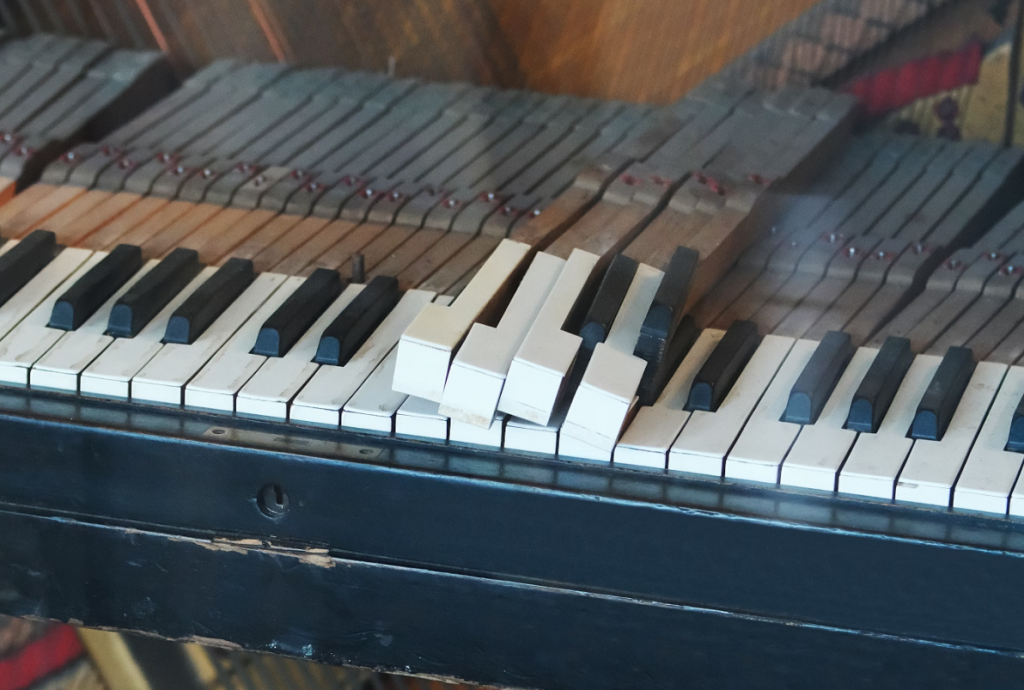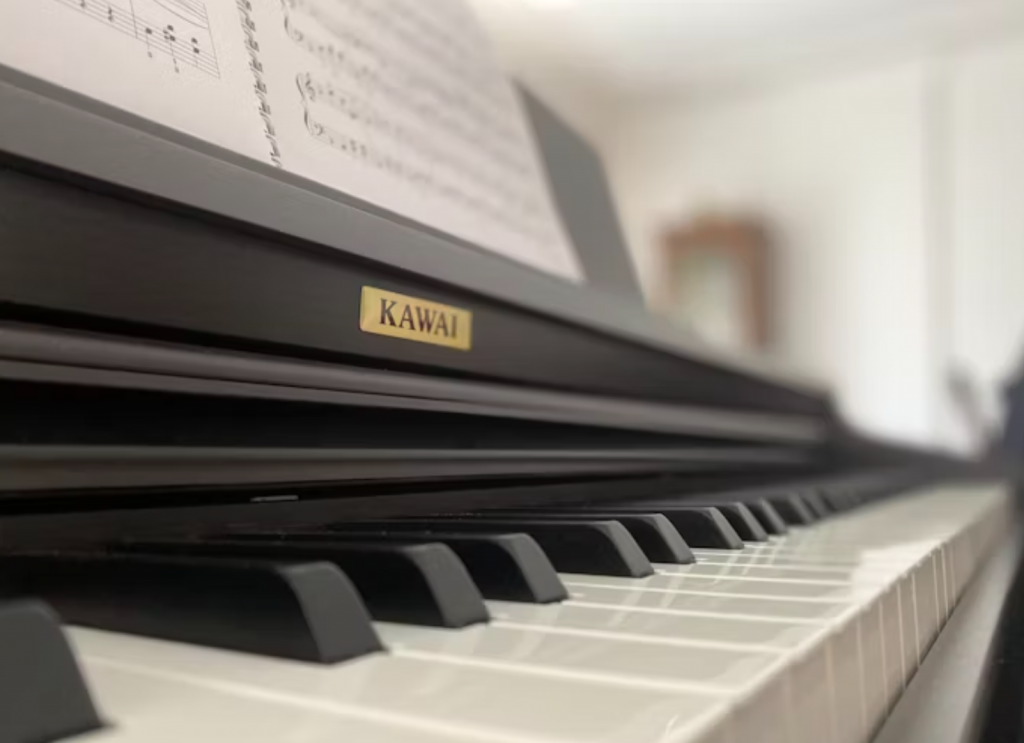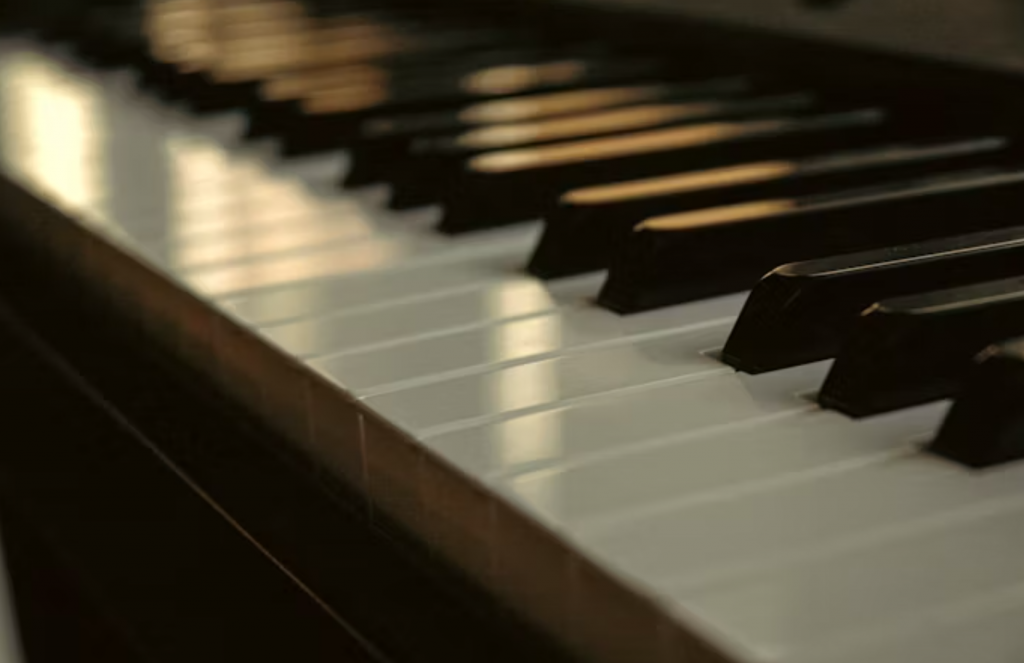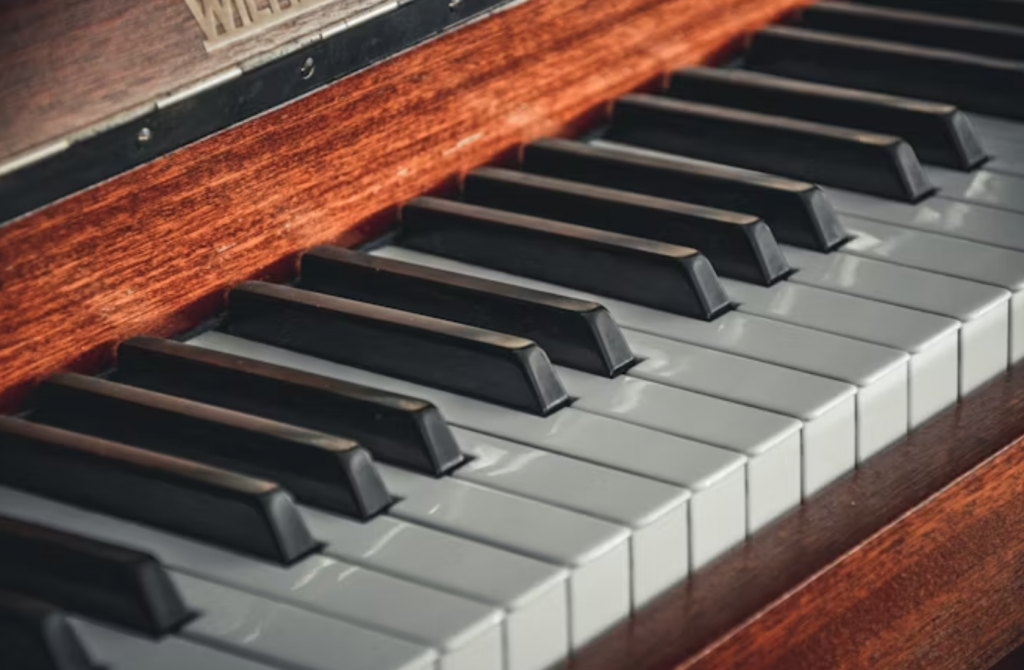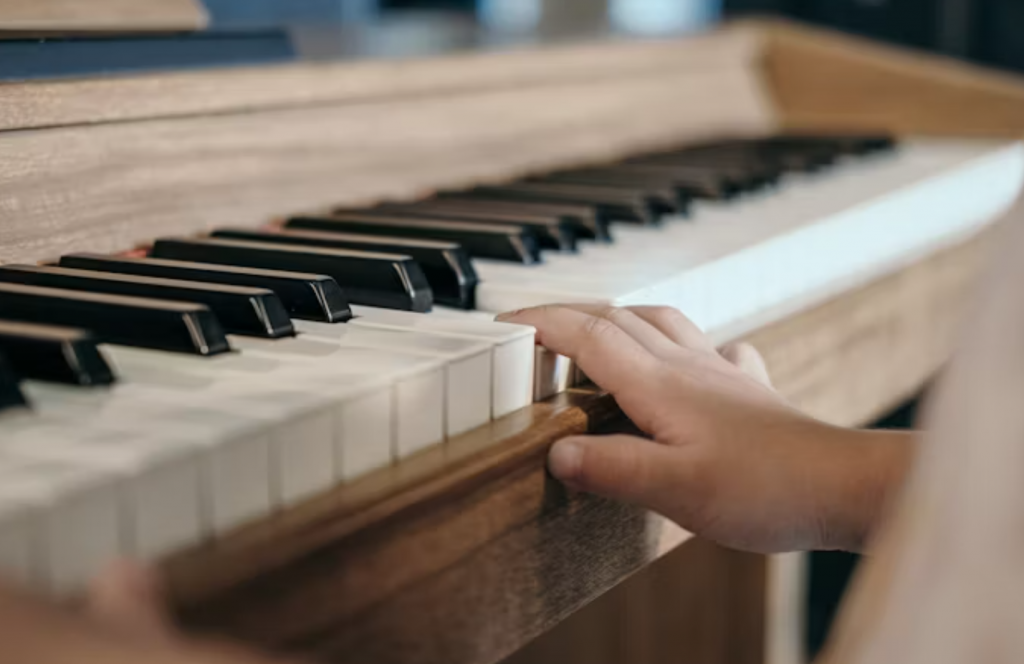Introduction
When you’re looking to buy your first digital piano, the choice can be overwhelming. The Casio PX-S1000 and the Kawai ES120 are both excellent options for beginners, offering features that cater to budding pianists. But which one is truly the best? In this article, we’ll dive deep into both of these models, comparing them across several key factors, and ultimately helping you decide which one deserves a spot in your home.
Why Choose a Digital Piano for Beginners?
Digital pianos offer several advantages, especially for those just starting out. Unlike traditional acoustic pianos, they don’t require regular tuning, are more affordable, and often come with various features that make learning easier. Whether you’re in a small apartment or just want a piano that doesn’t require much maintenance, a digital piano can be the perfect choice.
What to Look for in a Beginner Digital Piano?
Before we delve into the specifics of the Casio PX-S1000 and the Kawai ES120, let’s first understand what a beginner should look for in a digital piano.
Sound Quality
A realistic sound is crucial for beginners, as it enhances the learning experience. The better the sound, the more inspiring it is to practice.
Keyboard Feel and Action
The feel of the keyboard is equally important. Ideally, the keys should mimic those of an acoustic piano to help develop proper finger strength and technique.
Connectivity Features
In the modern age, connectivity is key. Whether it’s connecting to an app for lessons or hooking up to a laptop for recording, your piano should have enough connectivity options to support your learning journey.
Portability and Design
For many beginners, space is limited. A compact, lightweight piano that doesn’t take up too much room is an essential consideration.
Overview of Casio PX-S1000
The Casio PX-S1000 is a sleek, stylish digital piano designed to offer both portability and professional-level performance. It’s well-known for its slim profile, making it a fantastic choice for those with limited space.
Design and Build Quality
The PX-S1000 is one of the slimmest digital pianos available, boasting a sleek, modern design. It weighs just over 10 kg (about 22 lbs), which makes it easy to move around. The construction is solid, and despite its slim form, it feels sturdy.
Sound and Features
The Casio PX-S1000 comes equipped with Casio’s proprietary AiR Sound Source, which produces highly realistic piano tones. The 88 weighted keys offer a decent response, but it may not feel as authentic as some more expensive pianos. However, its Chamberlain Sound Engine gives it a richness that other pianos in this price range struggle to match.
Pros and Cons of Casio PX-S1000
Pros:
- Extremely portable and compact.
- Rich sound quality with AiR Sound Source.
- Multiple connectivity options like Bluetooth and USB MIDI.
- Affordable price point.
Cons:
- Key action may feel less like an acoustic piano compared to others in its class.
- Limited onboard features compared to some competitors.
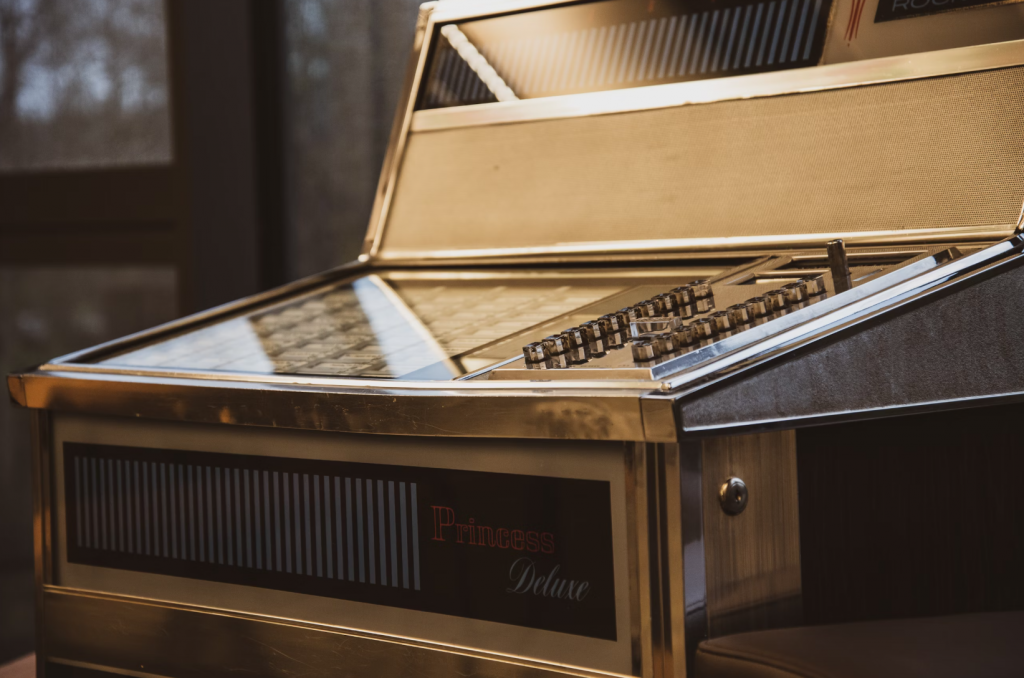
Overview of Kawai ES120
The Kawai ES120 is another great option for beginner pianists, known for its higher-end features and rich sound quality, making it a worthy competitor to the PX-S1000.
Design and Build Quality
The Kawai ES120 is slightly bulkier than the PX-S1000 but still compact enough for home use. Weighing around 11.5 kg (25 lbs), it strikes a balance between portability and sturdiness. The build quality feels premium, and the instrument offers a more traditional aesthetic.
Sound and Features
Kawai is renowned for its sound quality, and the ES120 is no exception. The piano features Harmonic Imaging Sound Technology, offering rich, detailed sound. The 88 keys are graded, meaning they become progressively heavier as you move down the keyboard—closely replicating the feel of an acoustic piano.
Pros and Cons of Kawai ES120
Pros:
- Realistic sound with Harmonic Imaging Sound Technology.
- Excellent key action with graded hammer response.
- Built-in practice features, like metronome and recording capabilities.
- Slightly more refined feel than Casio PX-S1000.
Cons:
- Slightly heavier and bulkier than the PX-S1000.
- Higher price point.

Casio PX-S1000 vs Kawai ES120: A Head-to-Head Comparison
Sound Quality Comparison
Both the Casio PX-S1000 and Kawai ES120 offer rich, high-quality sounds, but the Kawai model slightly edges out with its Harmonic Imaging Sound Technology. While Casio’s AiR system is fantastic, Kawai’s deeper commitment to realistic sounds gives it a more authentic acoustic piano feel.
Action and Feel Comparison
The Kawai ES120 shines in this area, offering graded hammer action, which closely mimics an acoustic piano’s feel. The Casio PX-S1000, while decent, doesn’t provide the same level of responsiveness, making it a bit less ideal for serious pianists.
Portability and Design Comparison
The Casio PX-S1000 is the winner here, thanks to its incredibly slim profile and lightweight design. If you need a portable piano for gigs or moving around, the Casio model is easier to handle.
Price and Value for Money
In terms of price, the Casio PX-S1000 is more affordable, making it a great value for beginners. The Kawai ES120, though pricier, offers more refined features and better action, which might justify the cost for more dedicated players.
Which One Is Better for Beginners?
For complete beginners, the Casio PX-S1000 offers excellent value, portability, and decent features at a lower price point. However, if you’re serious about piano learning and want a more authentic experience, the Kawai ES120 is the better choice, thanks to its superior sound and key action.

Conclusion
Both the Casio PX-S1000 and Kawai ES120 are fantastic options for beginners, but your choice ultimately depends on your priorities. If portability and budget are key for you, go for the Casio PX-S1000. However, if you want more realistic piano feel and sound, the Kawai ES120 will be your best bet.
FAQs
- Which piano is better for beginners, Casio PX-S1000 or Kawai ES120?
- The Casio PX-S1000 is ideal for beginners due to its affordability and portability, but the Kawai ES120 offers a more authentic feel and better sound for those willing to invest a little more.
- Does the Kawai ES120 have weighted keys?
- Yes, the Kawai ES120 has graded hammer action, which provides a more realistic, weighted feel to the keys.
- Is the Casio PX-S1000 good for practice at home?
- Absolutely! Its compact design makes it perfect for home use, and the sound quality is great for practice.
- Can I use both pianos with music apps?
- Yes, both the Casio PX-S1000 and Kawai ES120 offer connectivity options like Bluetooth and USB MIDI, allowing you to connect to apps for lessons or recording.
- Which one is better for performance?
- While both are great options, the Kawai ES120 might be a better choice for performance due to its superior key action and sound quality, making it closer to an acoustic piano.
